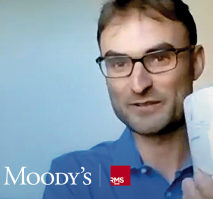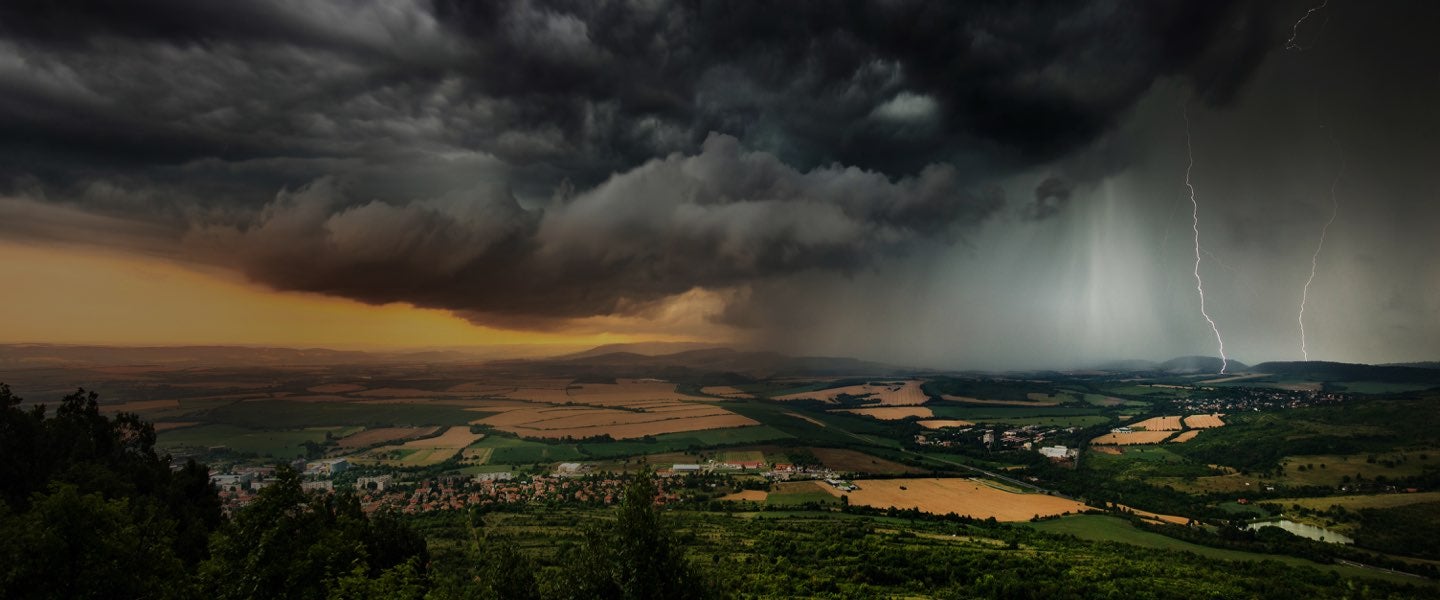
Europe Severe Convective Storm HD Models
Gain a complete view of European Severe Convective Storm risk to evaluate impact and inform decision making.
Korean Re Enhances Risk Analysis with Moody’s RMS Risk Models Across Europe and Asia
Korean Re Enhances Risk Analysis with Moody’s RMS Risk Models Across Europe and Asia
Europe Severe Convective Storm
Severe convective storms cause more than 20 percent of the average annual insured losses in Europe. Hailstorms like Andreas in 2013 (USD 4 billion) or Ela in 2014 (USD 3 billion) show the importance of modeling this peril to manage risk.
Regional Focus
Benefit from a Pan-European model, covering 17 countries, to understand risk from hail, straight-line winds, and tornadoes.
Asset Specific
Model what matters: the model gives insight on property and automobile risk, including an innovative way to account for movement of vehicles.
Solution Consistency
Use the same set of solutions across the risk management chain—from underwriting to portfolio management and capital adequecy.
Model Coverage
Europe Severe Convective Storm boasts the below benefits to help you accurately assess your risk.
Known Sub-perils
Model losses from hail, straight-line winds, and tornadoes, as well as any combination of these sub-perils.
Country Detail
Understand cross-country correlation by using a consistent model across 17 countries in Europe.
Automobile Risk
Account for the differences in vehicles types, their typical movement behavior and protection systems.
Complete View of Risk
Complete your view of weather risk in Europe, with this model fully compatible with the Moody’s RMS Europe Windstorm Models.
Spotlight
Severe convective storms are inherent to the European climate risk landscape and can cause extensive loss to vehicles and property. Severe convective storm risk is often managed using historical experience alone, facing issues such as under-reporting of observations. Recent events show the potential challenges and cost this peril can drive for the (re)insurance industry.

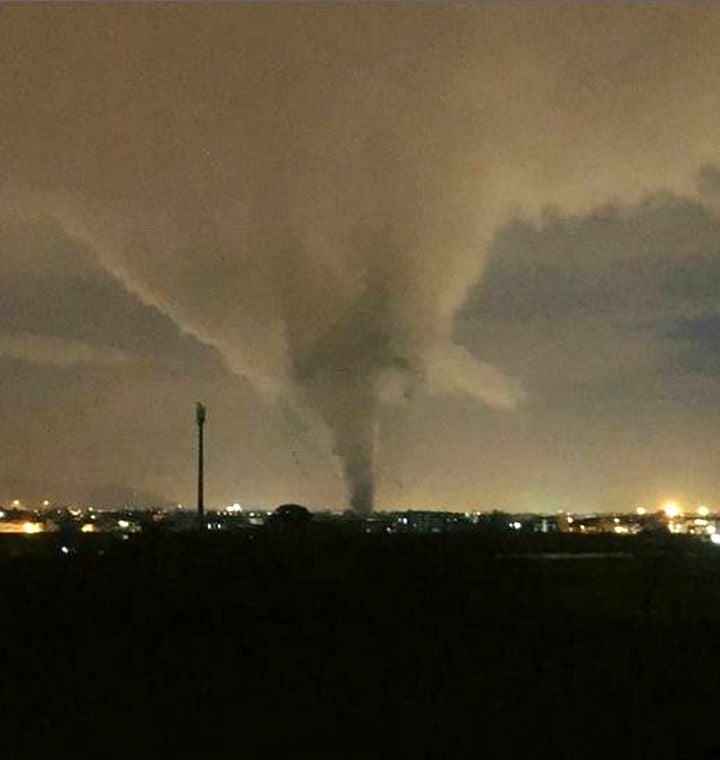
Tornadoes in Europe
On March 12, 2018, an EF2 tornado struck the Italian city of Caserta, located about 30 kilometers (18 miles) north of Naples. The tornado caused damage to cars, buildings, and road infrastructure, with 15 people reported injured.
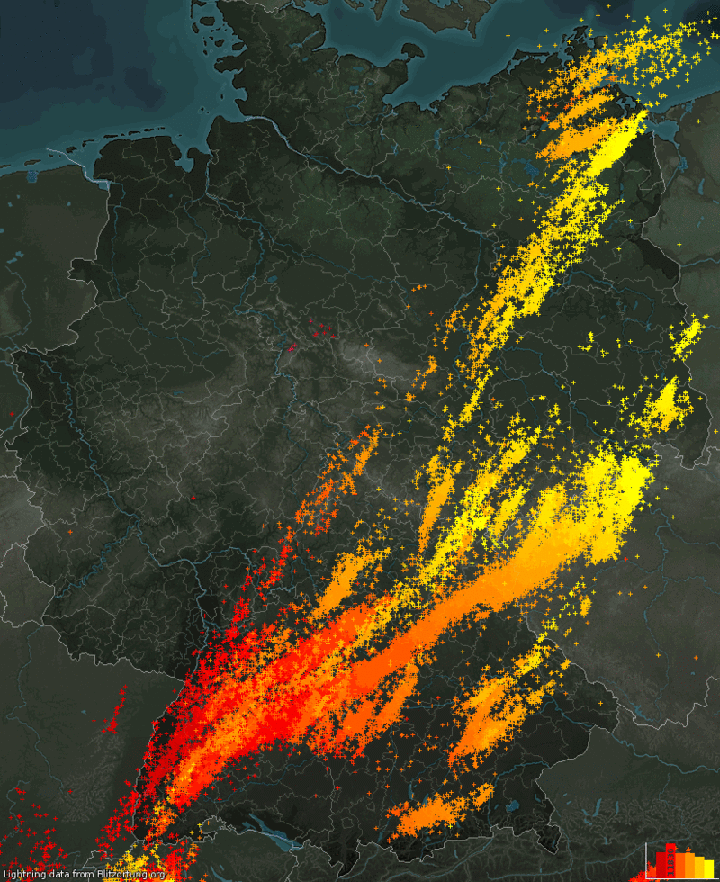
Five Years After Andreas: The Event That Changed the Severe Convective Storm Risk Landscape in Europe
July 2013, and Central Europe was just recovering from severe floods during May and June when a series of severe convective storms surprised the (re)insurance industry. On July 28, hailstorm Andreas hit the Stuttgart region in southern Germany, causing widespread damage to property and automobiles.

Tornadoes in Europe
On March 12, 2018, an EF2 tornado struck the Italian city of Caserta, located about 30 kilometers (18 miles) north of Naples. The tornado caused damage to cars, buildings, and road infrastructure, with 15 people reported injured.

Five Years After Andreas: The Event That Changed the Severe Convective Storm Risk Landscape in Europe
July 2013, and Central Europe was just recovering from severe floods during May and June when a series of severe convective storms surprised the (re)insurance industry. On July 28, hailstorm Andreas hit the Stuttgart region in southern Germany, causing widespread damage to property and automobiles.

Tornadoes in Europe
On March 12, 2018, an EF2 tornado struck the Italian city of Caserta, located about 30 kilometers (18 miles) north of Naples. The tornado caused damage to cars, buildings, and road infrastructure, with 15 people reported injured.
Related Products

Europe Windstorm
Gain insights across f15 European countries to understand the significant tail risk from a complex peril that drives solvency.
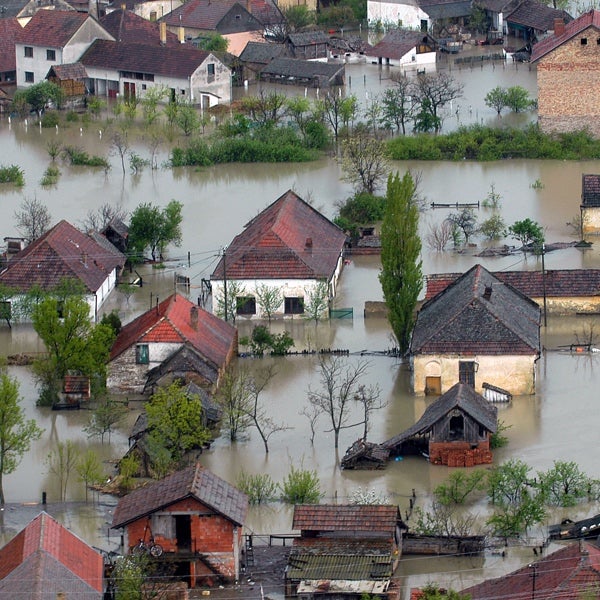
Europe Flood
Access broad-scale, well-validated views of flood risk to gain necessary insights into the range of commercial opportunities associated with various flood markets.
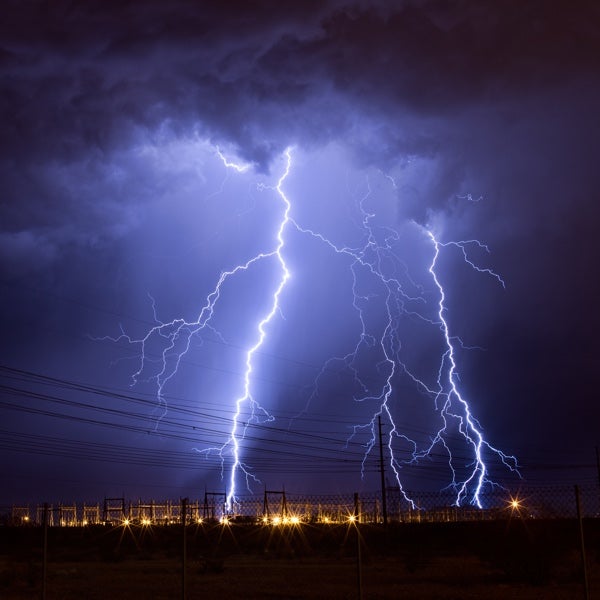
North America Severe Convective Storm
Manage your North America risk from isolated thunderstorms to multi-day, multi-state, and multi-peril storms, including hail, tornado, and straight-line wind.
Resources
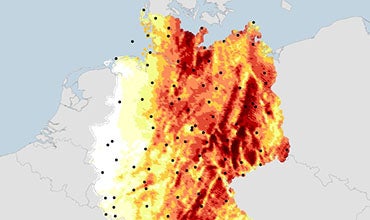
Severe Convective Storms in Europe: Ancient Threat, New So...
As summertime approaches here in Europe, so does the peak season across the continent for hail, straight-line winds, and even tornadoes (collectively known as severe convective storms). These storms have been recognized for centuries—in the eighteenth century, Italian composer Antonio Vivaldi wrote a sonnet to accompany his violin concerto Summer from the Four Seasons concerti: “The shepherd trembles, fearful of a violent storm… …the heavens roar, and great hailstones beat down” [1] [1] Translation from h...

Severe Convective Storm Season Starts in Europe
The European severe convective storm (SCS) season has kicked off. The heatwave that scorched the continent for the best part of a week set the ideal conditions for deep convection. I am based at the RMS Zürich office, and as everyone enjoyed this heatwave, cooling off by going swimming after work, the potential risk of thunderstorms was never too far from our minds. The season started with a series of supercells hitting France on June 13 and June 15, continued Thursday, June 22 in Germany and then moved on to...
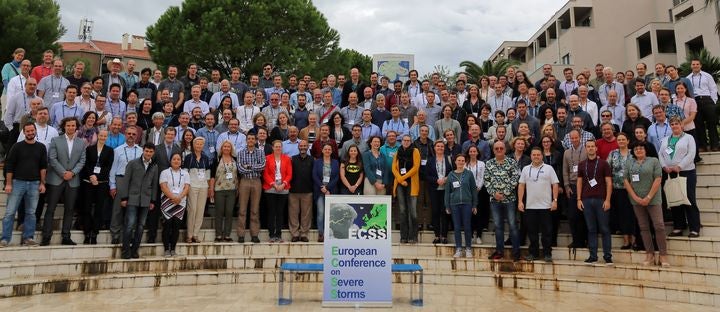
Europe Severe Convective Storm: Hail on the Agenda
When a hail event lasting just minutes hit southern Germany on July 28, 2013, it generated a US$3.9 billion insured loss. Some 80,000 buildings and tens of thousands of automobiles were damaged — many severely. Such a high hail loss was unprecedented in Europe. It was this event that represented the wake-up call for the insurance and reinsurance industry to think harder about the risk due to severe convective storms. I had the privilege to lead my team of seven modelers from RMS as we attended the ninth ...

Is Europe Due for Severe Hailstorms this Summer?
Summer has just started, but weather has already been warm over Europe. Many countries have experienced very high temperatures over the first weeks of June, and there is a chance the 2014 summer will be warmer than normal. A warm atmosphere can bring very high convection potential and potentially lead to a busy severe convective storm season. While seasonal forecasts are uncertain, severe hail events already experienced in June already point to a potential increase in hail risk this year. The first noticeable...

Want Leading Edge Tools to Manage Your Severe Convective Storm Risk in Europe?


